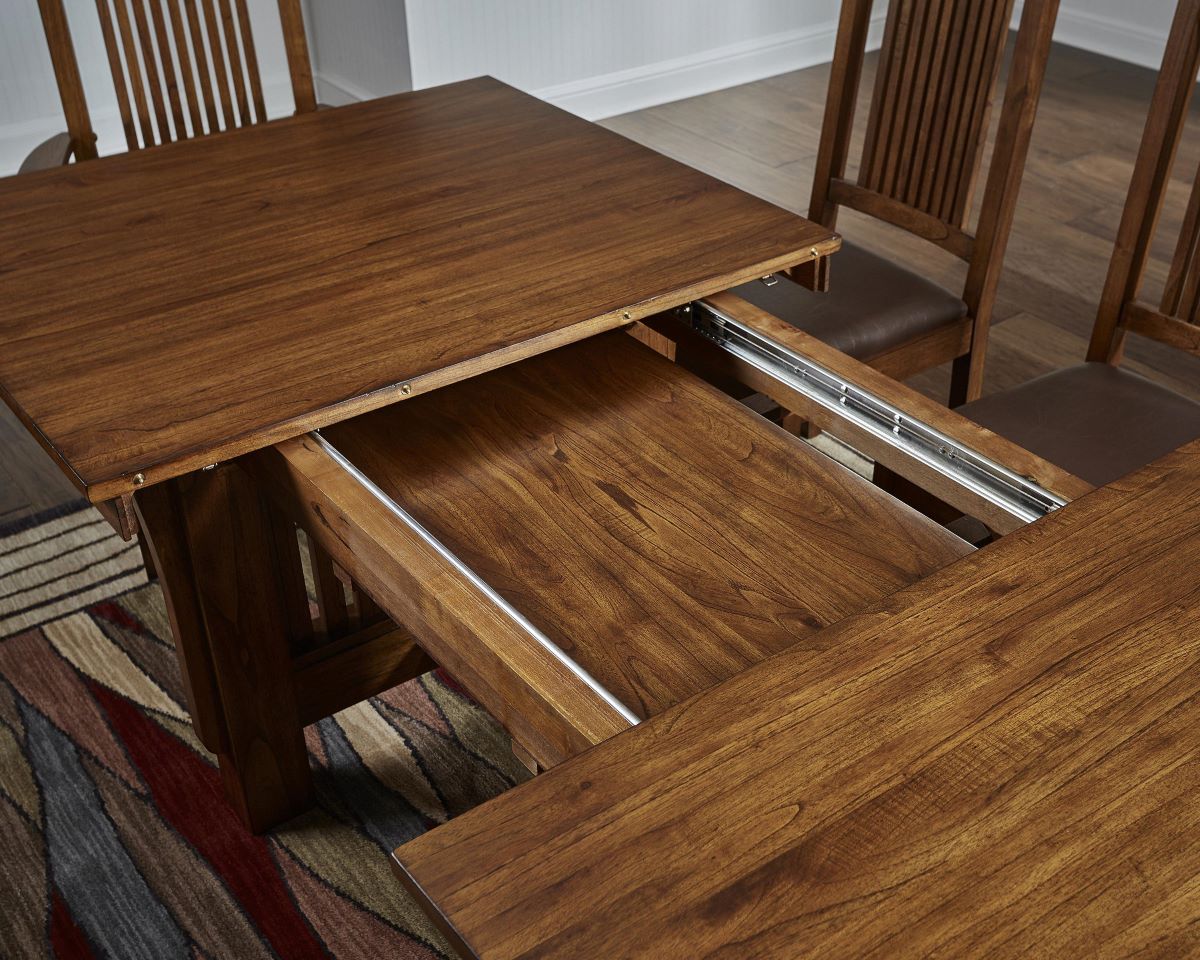

Articles
How To Build A Dining Room Table With Leaves
Modified: January 5, 2024
Learn how to build a dining room table with leaves in this comprehensive guide. Find step-by-step articles and tips on assembling and finishing the perfect table for your space.
(Many of the links in this article redirect to a specific reviewed product. Your purchase of these products through affiliate links helps to generate commission for Storables.com, at no extra cost. Learn more)
Introduction
Welcome to this comprehensive guide on how to build a dining room table with leaves. The dining room table is a central piece of furniture in any home, providing a space for family meals, holiday gatherings, and entertaining guests. While there are many pre-made tables available on the market, building your own allows you to customize the design and size to perfectly fit your needs and personal style.
In this article, we will walk you through the step-by-step process of building a dining room table with leaves. We will cover everything from gathering the necessary materials and tools to sanding and finishing the table. Whether you’re a seasoned woodworker or a complete beginner, this guide will provide you with all the information you need to create a beautiful and functional dining room table.
Before we begin, it’s important to note that building a dining room table is a project that requires time, patience, and attention to detail. It’s also a project that can be completed over the course of several days or even weeks, depending on your skill level and available time. However, the end result will be a table that you can be proud of and enjoy for years to come.
So, without further ado, let’s get started on this exciting journey of building your own dining room table with leaves!
Key Takeaways:
- Building a dining room table with leaves is a rewarding project that requires careful planning, precise measurements, and secure assembly. It allows you to create a unique and functional centerpiece for your home.
- By following this comprehensive guide, you can handcraft a beautiful dining room table tailored to your personal style and needs. Embrace the sense of accomplishment and pride in creating a stunning piece of furniture.
Read more: How To Build Dining Room Bench
Gather Materials and Tools
Before you begin building your dining room table, it’s important to gather all the necessary materials and tools. Here is a comprehensive list of what you will need:
- Wood: Choose a type of wood that suits your aesthetic preferences and budget. Popular options include oak, maple, cherry, and walnut. Make sure to purchase enough wood for the table legs, tabletop, and table extensions.
- Screws and Nails: You will need a variety of screws and nails for assembling the table. Make sure to choose the appropriate size and type for your specific project.
- Wood Glue: Wood glue will be used to strengthen the joints and ensure the stability of the table.
- Table Extension Hardware: If you plan to include leaves for extending the table, you will need table extension hardware to attach them securely.
- Measuring Tape: A measuring tape is crucial for taking accurate measurements throughout the project.
- Saw: Depending on your preferences and available tools, you can use a circular saw, table saw, or miter saw to cut the wood.
- Drill and Drill Bits: A drill will be needed for drilling pilot holes and attaching screws.
- Sandpaper and Sanding Block: Sandpaper and a sanding block will be used to smooth the wood surfaces and remove any roughness.
- Stain or Paint: Decide whether you want to stain the wood to enhance its natural beauty or paint it to match your home’s decor.
- Paintbrushes and Foam Brushes: Paintbrushes are required if you choose to paint the table, while foam brushes are ideal for applying stain.
- Protective Gear: Don’t forget to wear safety goggles, a dust mask, and work gloves to protect yourself while working with tools, wood, and chemicals.
Once you have gathered all the necessary materials and tools, you’re ready to move on to the next step: measuring and cutting the tabletop and legs.
Measure and Cut Tabletop and Legs
Now that you have all the materials and tools ready, it’s time to measure and cut the tabletop and legs for your dining room table. Follow these steps to ensure accurate measurements and a precise fit:
- Measure the desired dimensions for your tabletop. Consider factors such as the size of your dining room, the number of people you want to accommodate, and any specific design preferences. Use a measuring tape to measure the length and width of the tabletop.
- Transfer the measurements onto the chosen wood. Use a pencil to mark the lines and make sure they are straight and even. Double-check your measurements to avoid any mistakes.
- Set up your saw according to the type of cut you need. If you have a circular saw, ensure that the blade is properly aligned and adjust the cutting depth accordingly.
- Place the wood on a stable work surface and secure it with clamps if necessary. Always follow safety guidelines when using power tools and wear protective gear.
- Carefully cut along the marked lines, following a slow and steady motion. Take your time and maintain control of the saw to achieve smooth and straight cuts.
- Repeat the measuring and cutting process for the table legs. Determine the desired height for your table and mark it on the wood. Use a saw to cut the legs to the appropriate length.
Remember to take precise measurements and make accurate cuts to ensure that all the pieces fit together properly. If you’re unsure about using power tools or cutting the wood, don’t hesitate to seek guidance from a more experienced woodworker or enlist the help of a professional.
Once you have completed this step, you’re ready to move on to the next phase: assembling the tabletop and legs.
Assemble Tabletop and Legs
With the tabletop and legs cut to size, it’s time to move on to assembling the different components of your dining room table. Follow these steps to properly assemble the tabletop and legs:
- Lay the tabletop pieces on a flat surface, ensuring that they are aligned properly. Use clamps or another method of securing the pieces together.
- Apply a thin layer of wood glue to the edges of the tabletop pieces that will be joined together. Ensure that the glue is evenly distributed.
- Carefully align the edges of the tabletop pieces and press them together firmly. Wipe off any excess wood glue that may have seeped out of the joints.
- Secure the tabletop pieces together using screws or nails. Pre-drill pilot holes to prevent the wood from splitting, then drive the screws or nails into place.
- Repeat the same process to attach the legs to the tabletop. Measure and mark the desired placement of the legs, then apply wood glue and secure them with screws or nails.
- Check for any gaps or misalignments in the tabletop and legs assembly. Use clamps or weights to apply pressure and ensure a tight fit while the glue dries.
- Allow the wood glue to dry completely before moving on to the next step. This may take several hours or overnight, depending on the type of wood glue used.
Remember to follow the manufacturer’s instructions for the specific type of wood glue and fasteners you are using. Additionally, take care to align the tabletop and legs accurately to achieve a stable and balanced dining room table.
Once the glue has dried and the tabletop and legs are securely assembled, it’s time to move on to building the table extensions.
When building a dining room table with leaves, make sure to use high-quality, durable materials that can withstand the weight and use over time. Consider using hardwoods like oak or maple for the tabletop and leaves to ensure longevity and stability.
Build Table Extensions
If you want to have the flexibility to extend your dining room table for accommodating more guests, building table extensions is an essential step. Here’s how you can build table extensions:
- Determine the desired length of the table extensions. Consider how many extra guests you want to accommodate and measure the space available in your dining room.
- Cut pieces of wood to the desired length of the table extensions. Make sure they are the same width as the tabletop for a seamless fit.
- Create a frame for each table extension using additional pieces of wood. This frame will provide stability and support for the extension when it’s attached to the tabletop.
- Attach the frame to the underside of the table extension using screws or nails. Make sure the frame is securely fastened, as it will bear the weight of the extension.
- Test the table extensions by sliding them onto the tabletop. Ensure they fit snugly and smoothly without any wobbling or instability.
- If desired, you can also add additional support brackets or reinforcements to enhance the stability of the table extensions. This step is especially important for larger or longer extensions.
Building table extensions allows you to transform your dining room table into a larger surface when needed, giving you the flexibility to accommodate more guests for special occasions or gatherings.
Once you have completed building the table extensions, it’s time to move on to attaching them to the tabletop.
Read more: How To Build Dining Room Table
Attach Table Extensions to Tabletop
Now that you have built the table extensions, it’s time to attach them to the tabletop. Follow these steps to securely attach the extensions:
- Place the table extensions on the sides of the tabletop in the desired position.
- Ensure that the extensions are aligned with the tabletop and that there is an even overhang on each side.
- Mark the placement of the table extensions on the underside of the tabletop using a pencil or tape.
- Pre-drill pilot holes in the marked areas on the tabletop to prevent the wood from splitting.
- Apply a thin layer of wood glue to the contact surfaces of the tabletop and table extensions.
- Securely attach the table extensions to the tabletop using screws or nails. Make sure to drive the fasteners into the pre-drilled pilot holes.
- Check for any gaps or misalignments between the tabletop and extensions. Apply clamps or weights to ensure a tight fit while the glue dries.
- Allow the wood glue to dry completely before moving the table. Follow the drying time specified by the manufacturer.
Attaching the table extensions to the tabletop ensures that they are secure and stable, providing a smooth, seamless surface when extended.
Once the wood glue has dried and the table extensions are securely attached, it’s time to move on to the next step: sanding and finishing the table.
Sand and Finish the Table
After assembling the dining room table and attaching the table extensions, it’s important to sand and finish the surface to achieve a smooth and polished look. Follow these steps to sand and finish the table:
- Begin by preparing your workspace. Make sure you have a clean and well-ventilated area to work in.
- Start with a coarse-grit sandpaper to remove any roughness, imperfections, or splinters from the tabletop and legs. Sand in the direction of the wood grain to avoid scratching the surface.
- Gradually switch to finer-grit sandpaper to smooth out the wood further. This will help create a silky texture and prepare the surface for staining or painting.
- Wipe away any dust or debris using a cloth or tack cloth. Ensure that the surface is clean and free from any particles before applying the finish.
- Choose the desired finish for your table. Options include stain, paint, or a clear coat. Follow the instructions provided by the manufacturer for the specific finish you choose.
- If staining the table, apply the stain using a brush or foam applicator, following the grain of the wood. Allow the stain to penetrate for the recommended time, then wipe off any excess with a clean cloth.
- If painting the table, apply the paint in thin, even coats. Allow each coat to dry before applying additional coats for a smooth and even finish.
- If using a clear coat, apply it with a brush or foam applicator, ensuring complete coverage. Apply multiple coats if necessary, allowing each coat to dry before adding the next.
- Once the finish is dry, inspect the table for any drips, uneven spots, or imperfections. Use fine-grit sandpaper to smooth out any rough areas, then wipe away any dust.
Finishing the table not only enhances its appearance but also provides protection against daily wear and tear. It adds a layer of durability, making the table more resistant to spills, stains, and scratches.
Once you have completed the sanding and finishing process, your dining room table with leaves is ready for use and will be a stunning centerpiece in your home.
ConclusionCongratulations on successfully building your own dining room table with leaves! By following this comprehensive guide, you have learned how to gather the necessary materials and tools, measure and cut the tabletop and legs, assemble the components, build table extensions, attach them to the tabletop, and finally, sand and finish the table.
Building your own dining room table allows you to create a piece of furniture that is not only functional but also tailored to your personal style and needs. It provides a sense of accomplishment and pride, knowing that you have handcrafted a beautiful and unique table for your home.
Remember, building a table is a project that requires careful planning, patience, and attention to detail. Take your time at each step, ensuring accurate measurements, precise cuts, and secure assembly. Safety should always be a priority, so be sure to follow proper guidelines and wear protective gear when working with tools and materials.
Now that your dining room table is complete, it’s time to enjoy the fruits of your labor. Gather your loved ones, invite friends over, and create lasting memories around your custom-built table. Whether it’s a cozy family dinner or a festive holiday feast, your dining room table will be a cherished centerpiece for years to come.
Thank you for joining us on this journey of building a dining room table with leaves. We hope this guide has been informative and inspiring. Happy woodworking!
Frequently Asked Questions about How To Build A Dining Room Table With Leaves
Was this page helpful?
At Storables.com, we guarantee accurate and reliable information. Our content, validated by Expert Board Contributors, is crafted following stringent Editorial Policies. We're committed to providing you with well-researched, expert-backed insights for all your informational needs.

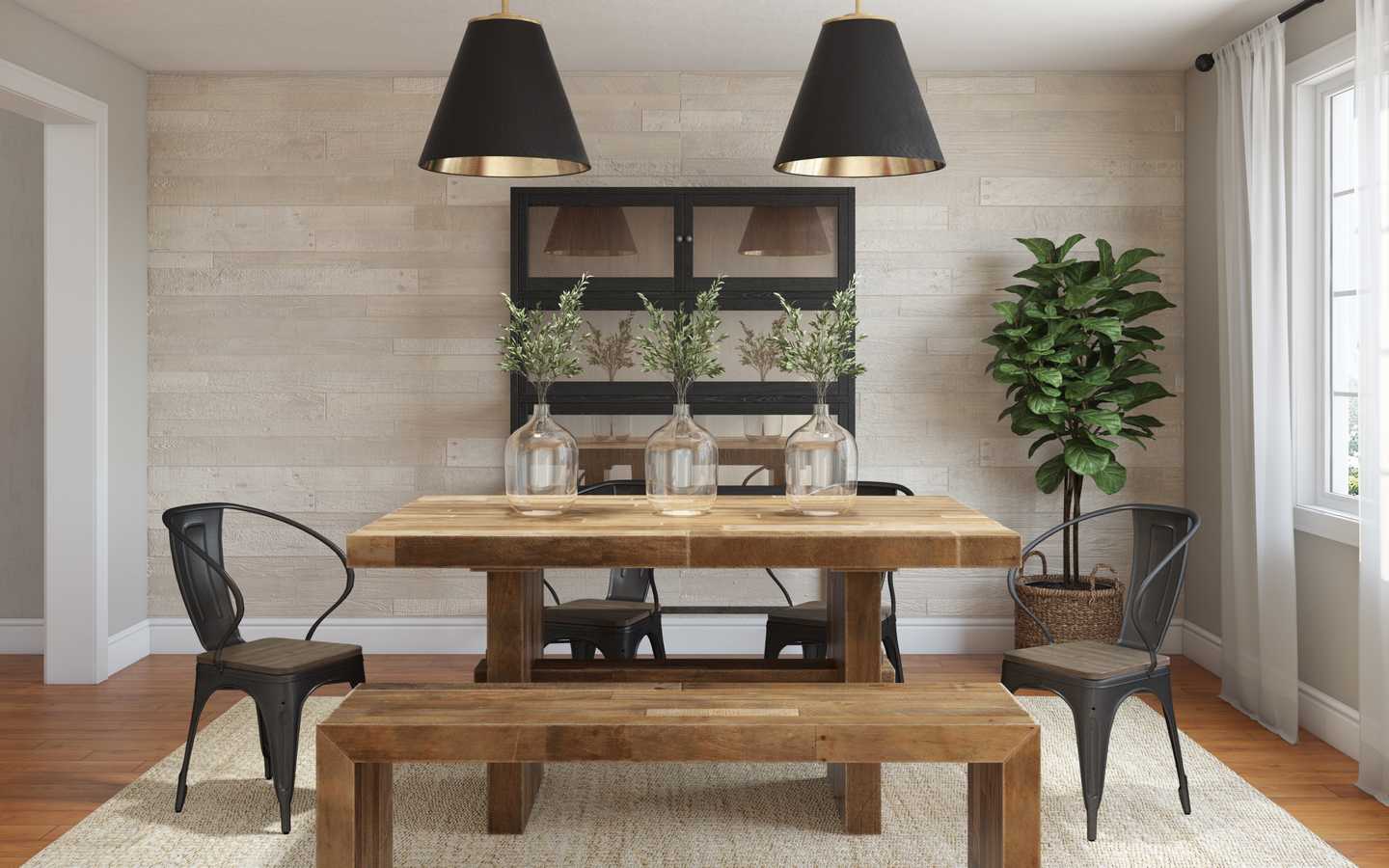
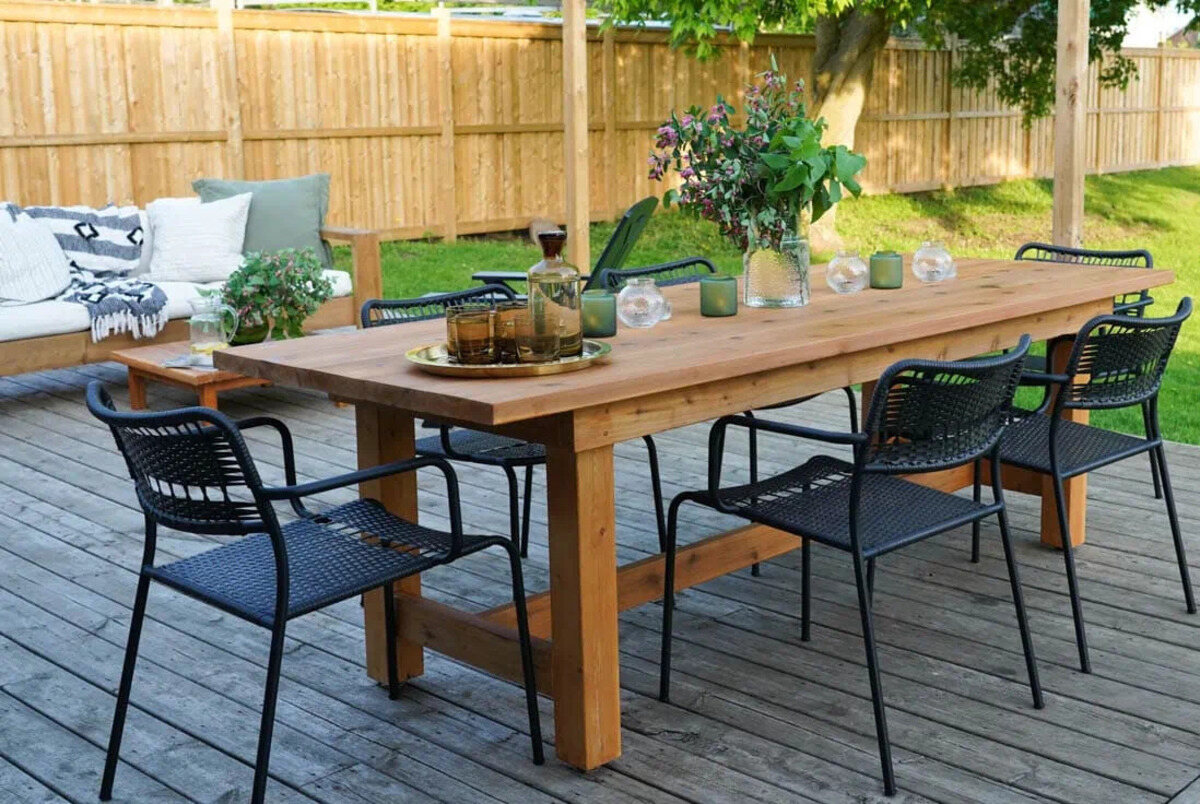
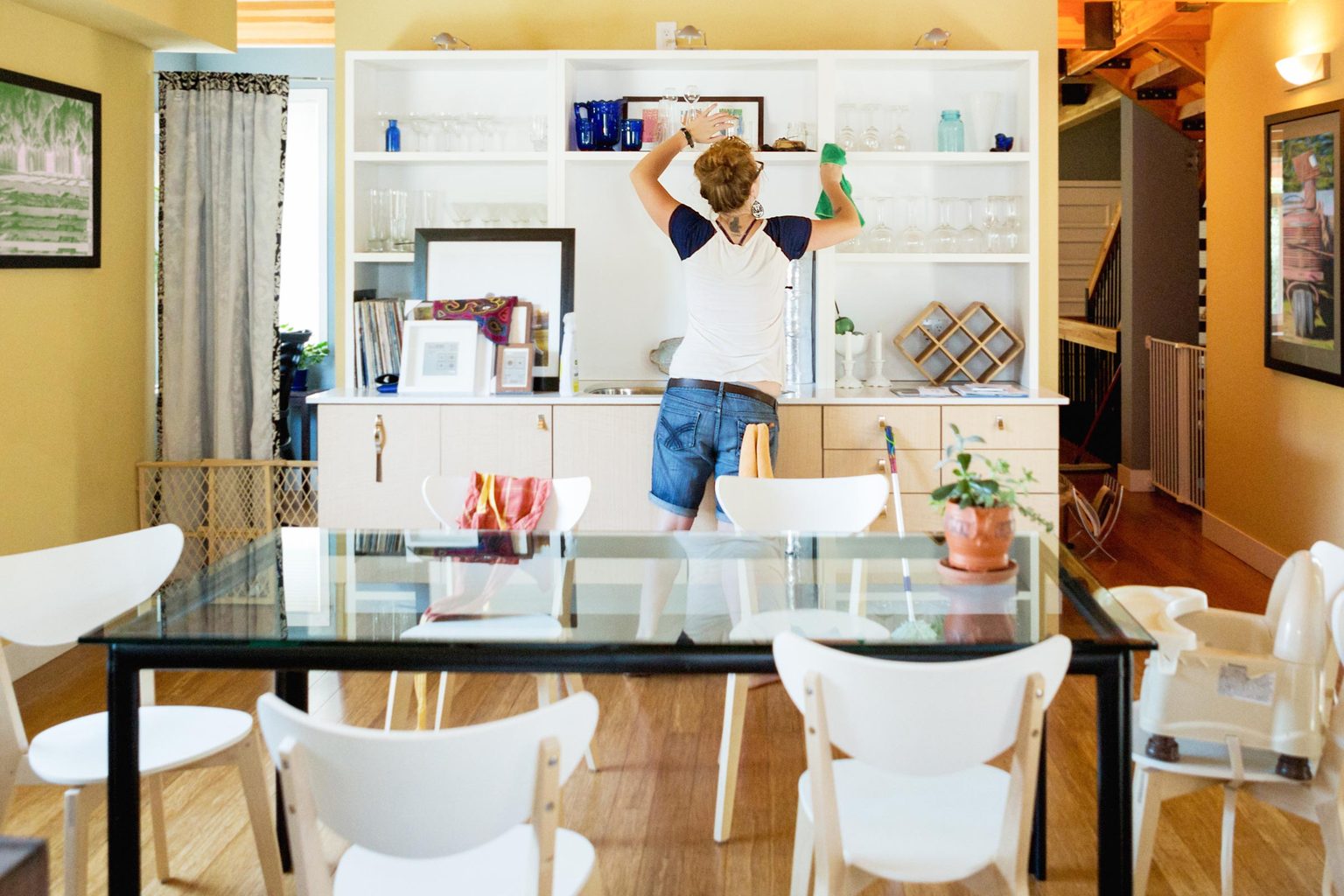
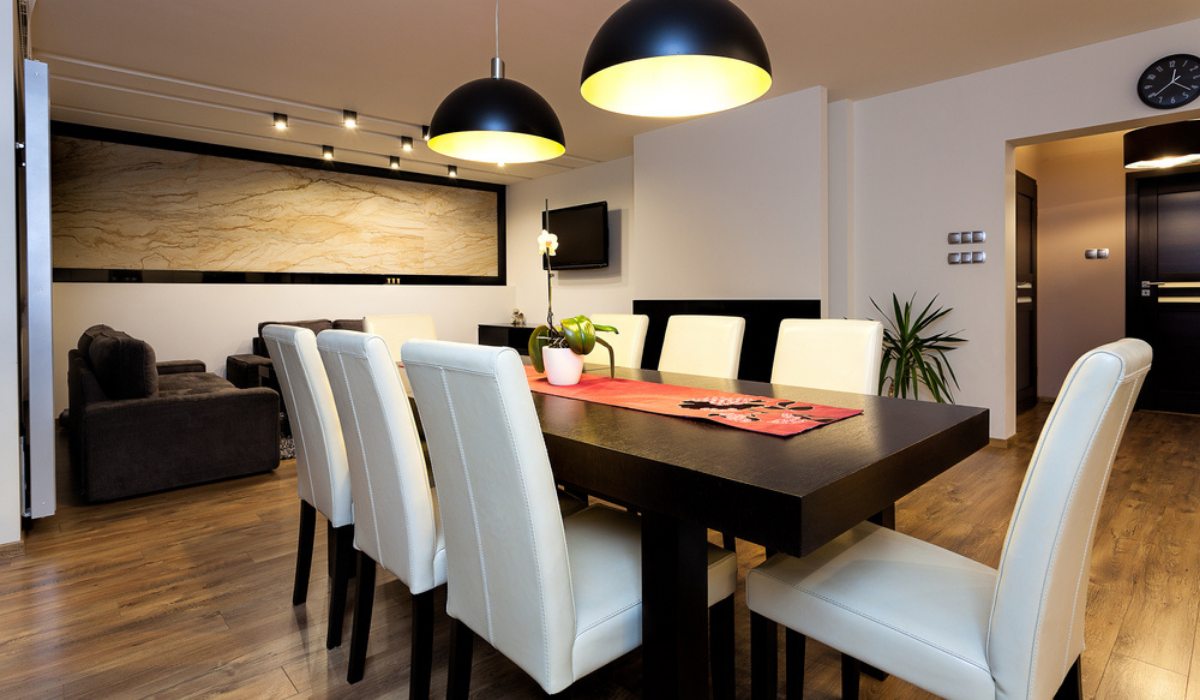
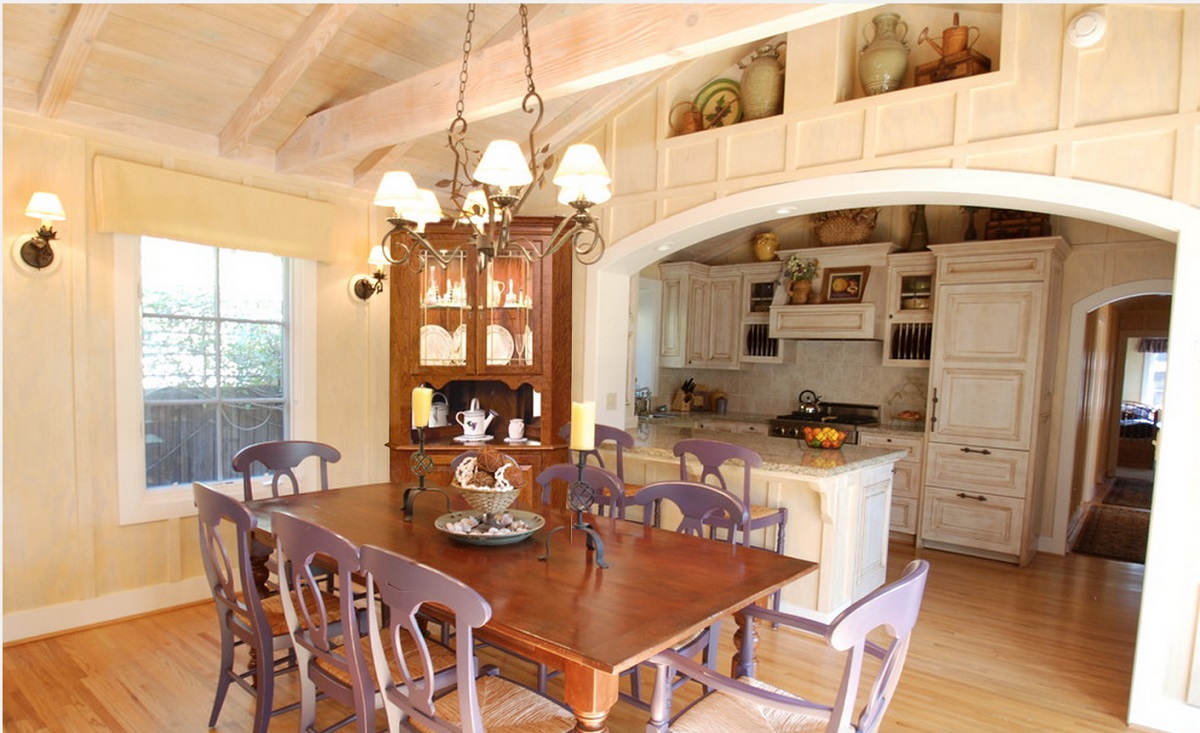
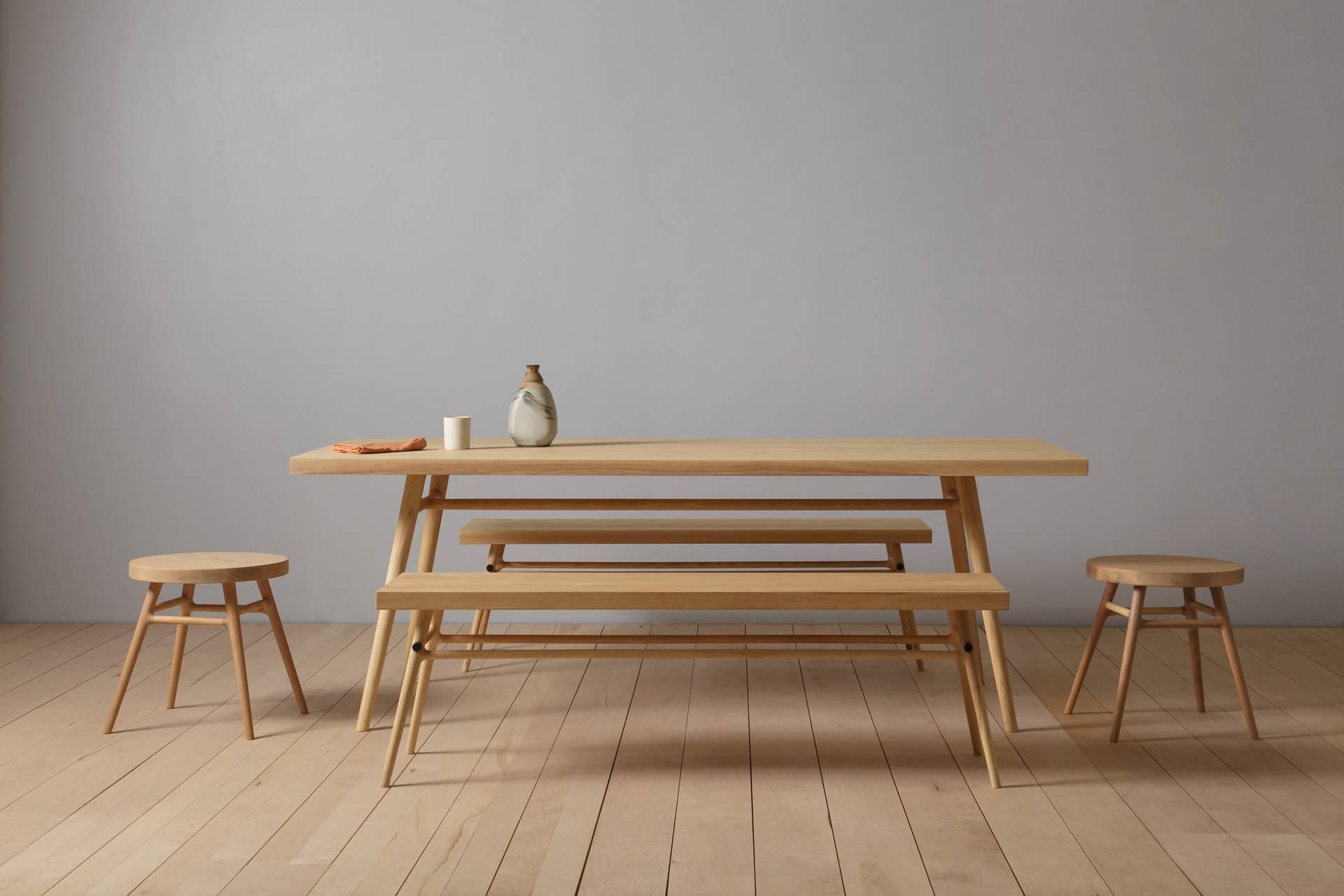
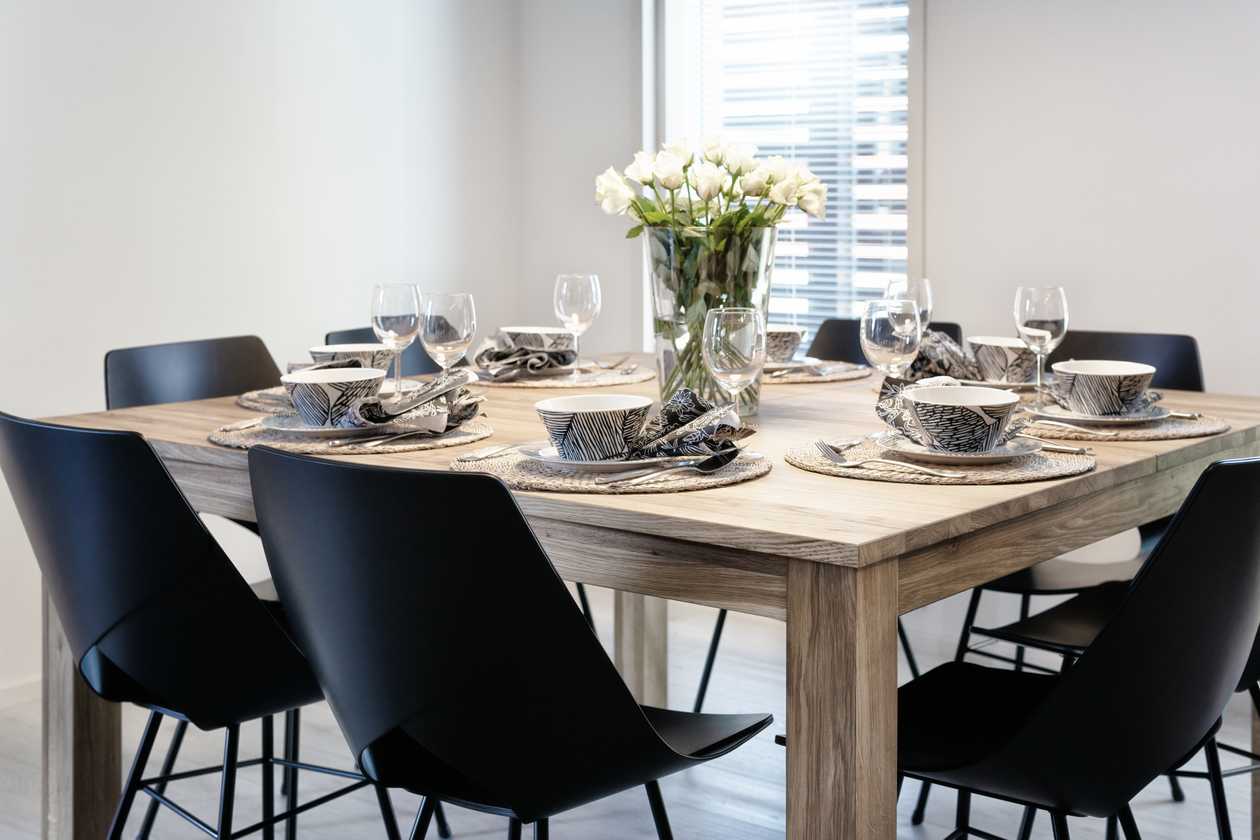
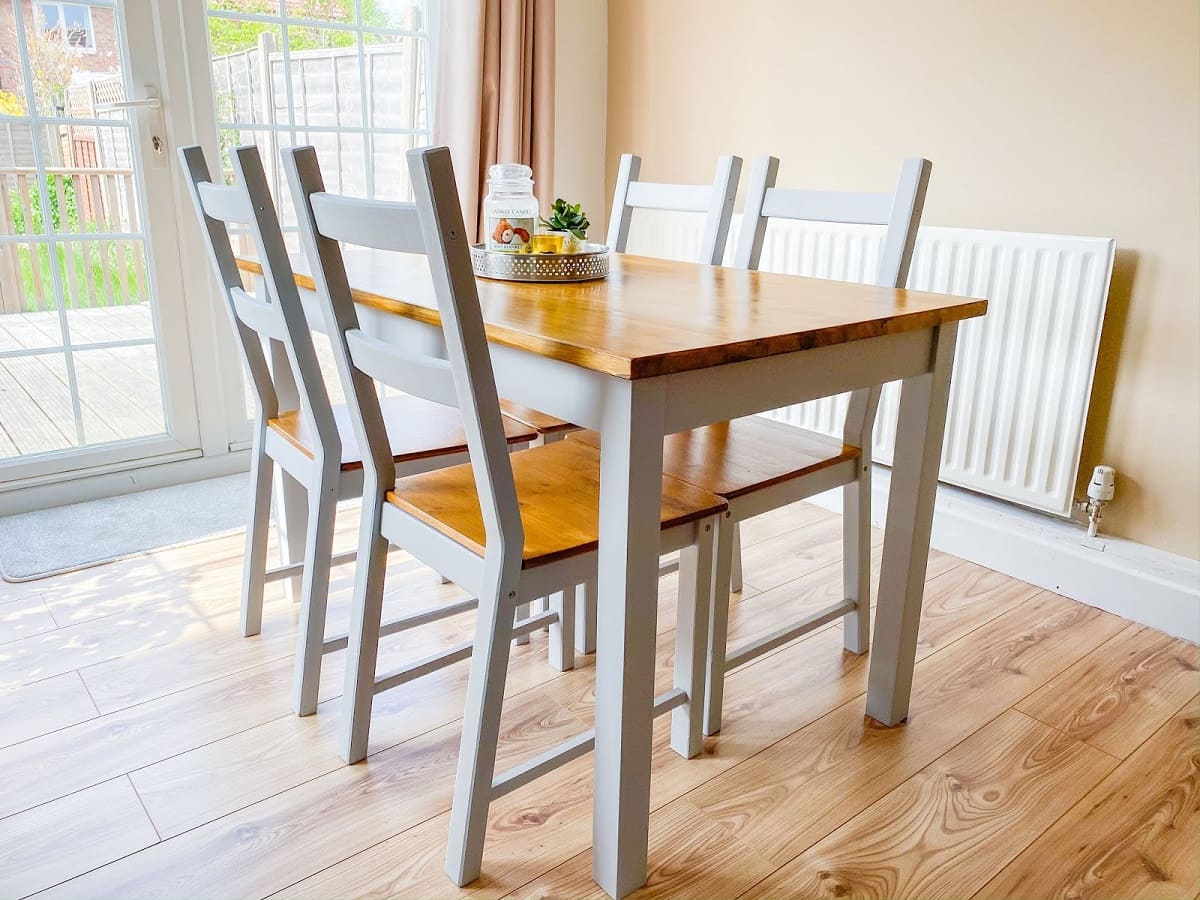
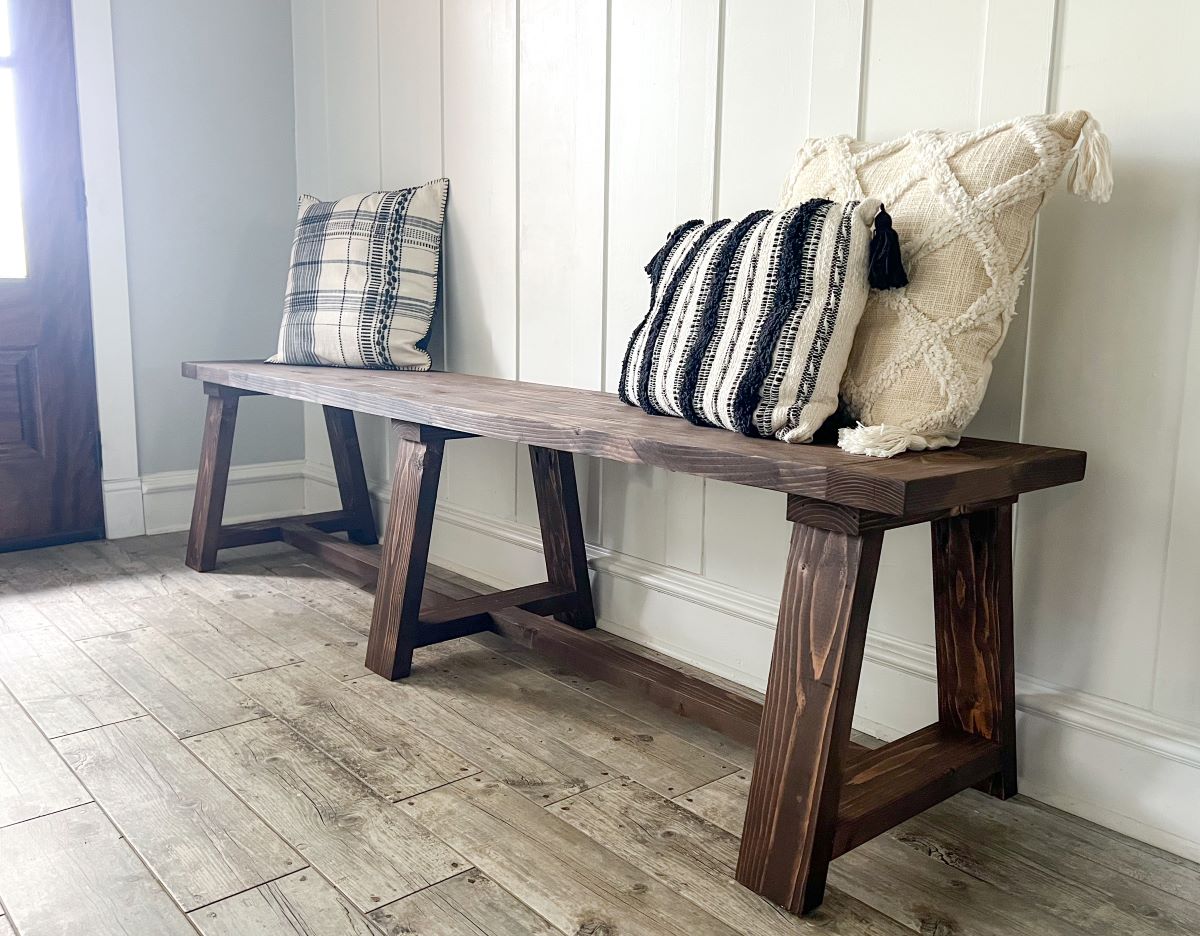
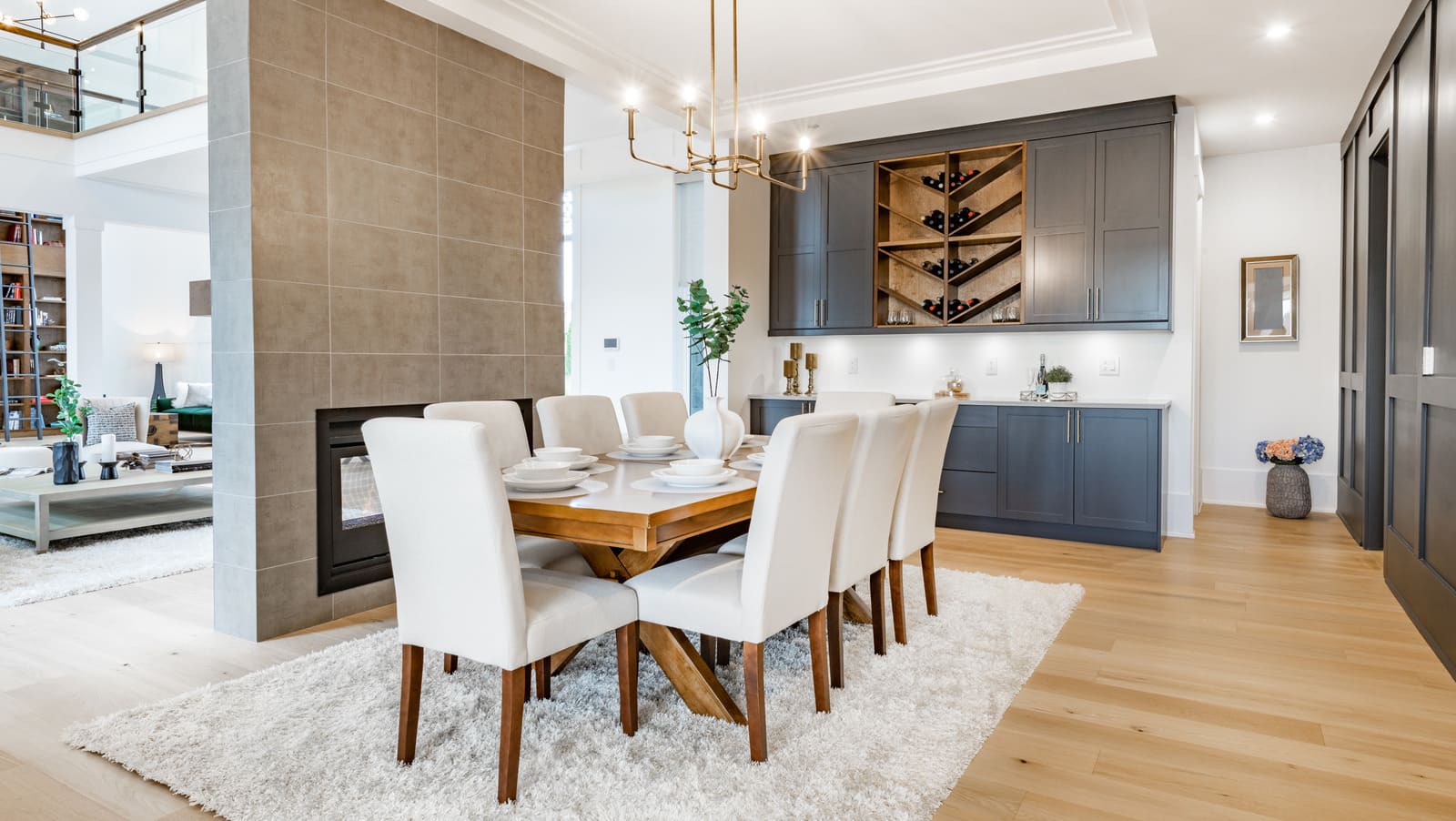
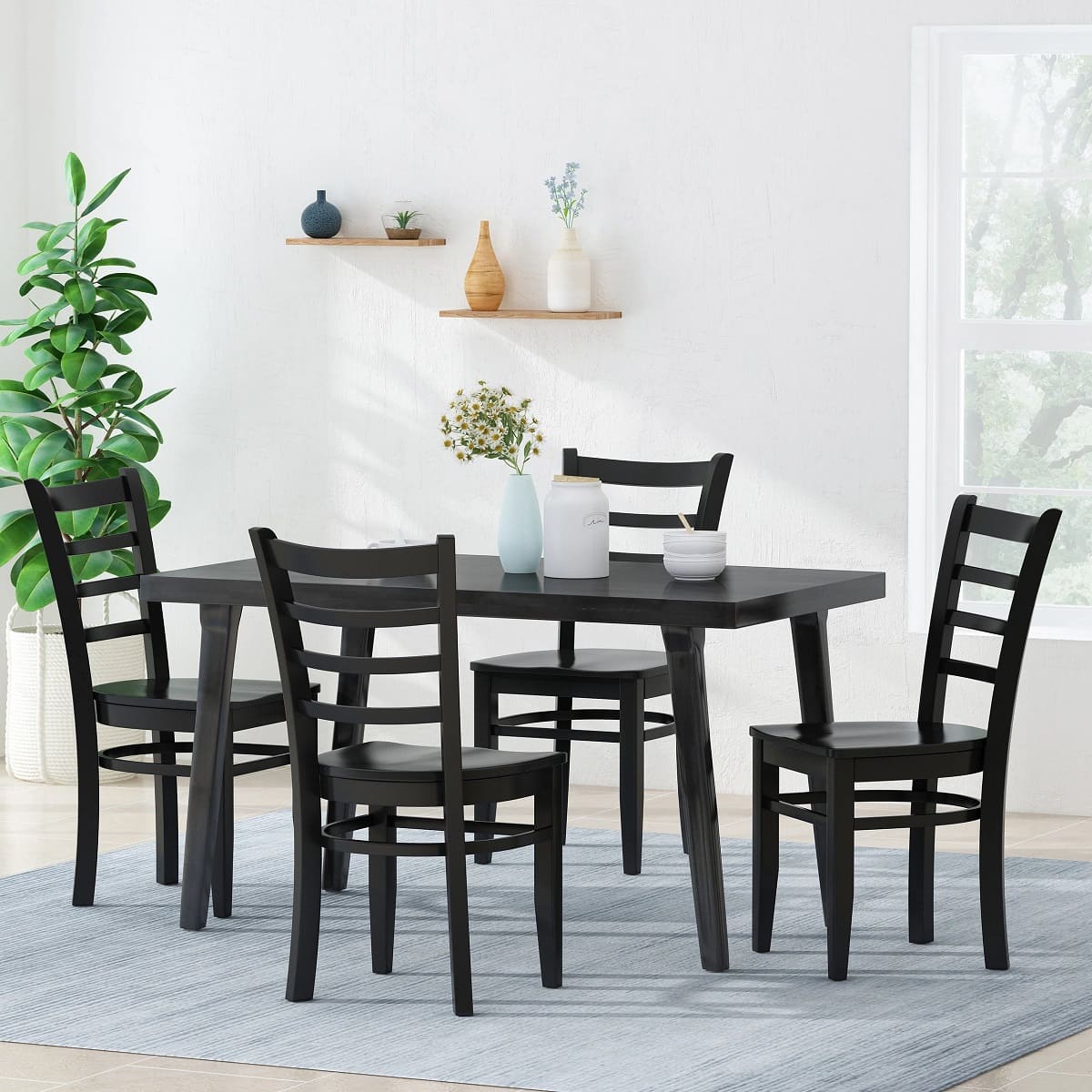
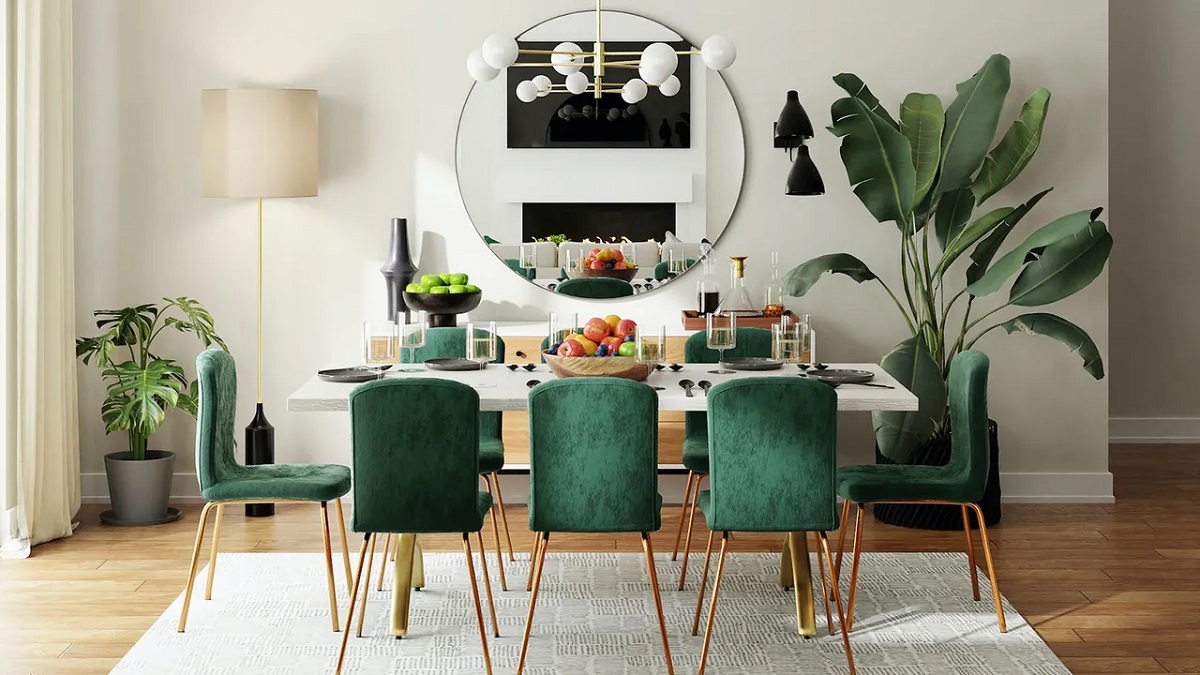
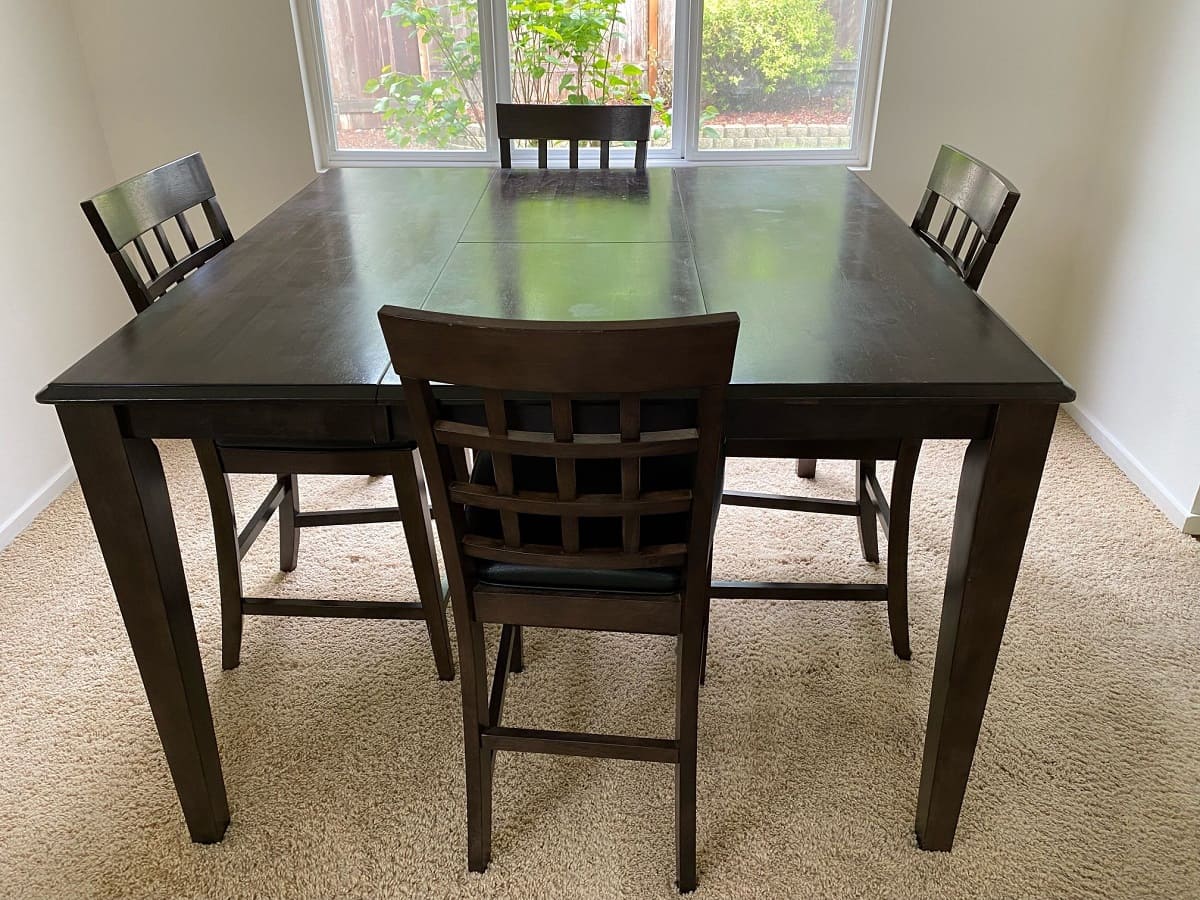

0 thoughts on “How To Build A Dining Room Table With Leaves”